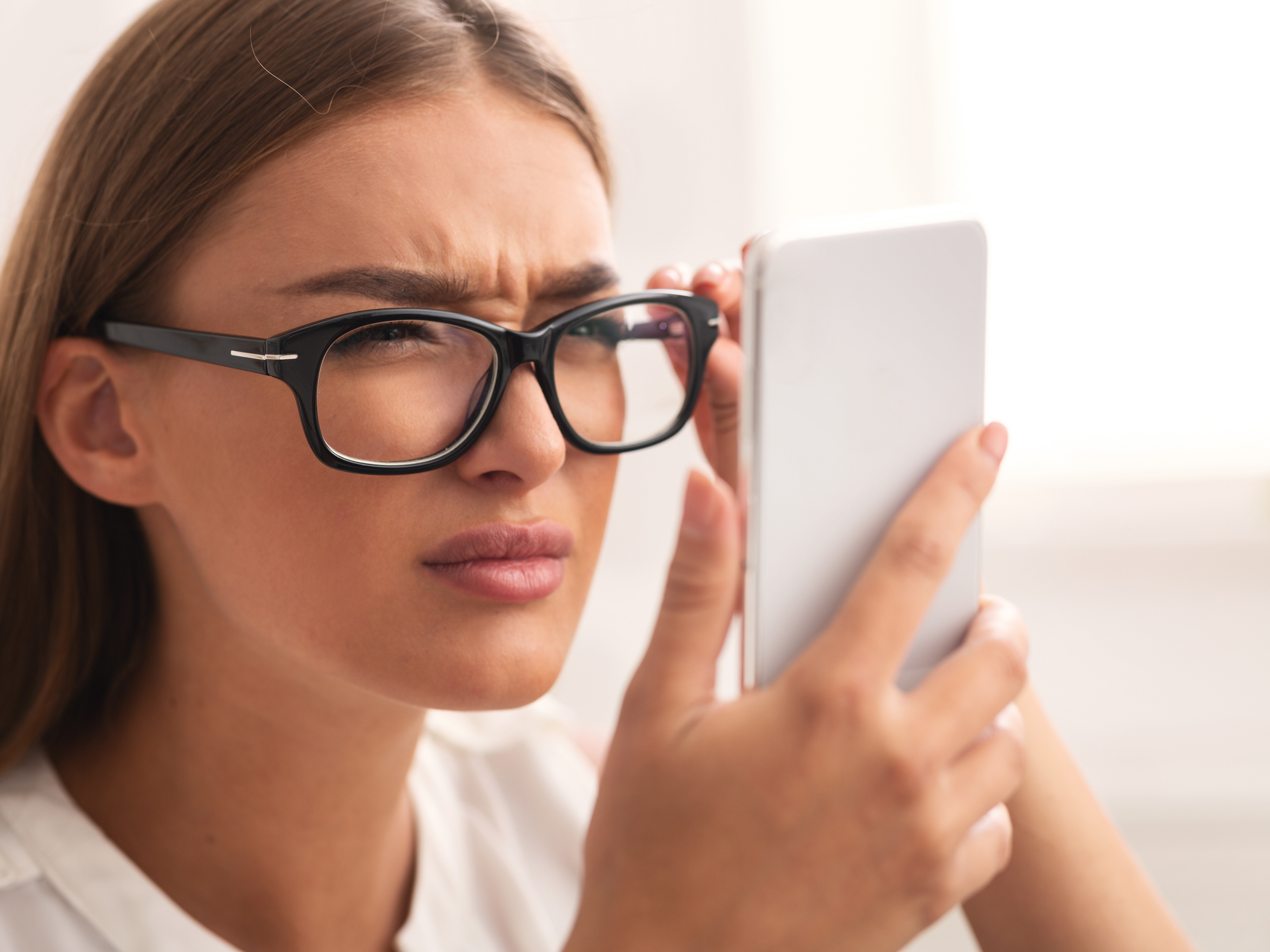
Myopia is also known as nearsightedness. You can see things close to you, while faraway objects appear unclear and out of focus. The shape of your eye is the reason behind this focus error. When the natural shape of your eye increasingly elongates or curves, light rays will refract or bend in the wrong manner. It focuses pictures in front of your retina rather than directly on its surface.
According to the American Optometric Association study, over 40% of the American population is myopic. One out of four parents has a child with nearsightedness. These numbers are quite startling.
While myopia remains incurable, your optometrist can recommend a few treatment methods to slow or stop the rapid growth of the eye. Read on for further insight.
Myopia Treatment in Kids
Most myopic children fall between 3-15 years old. Treatments include:
KIDS (Keratometric Induced Dioptric Steepening)
It is a custom-made overnight contact lens designed according to your kid's eye shape. It is placed in your child's eye before they go to bed and removed in the morning. It signals the eye to decelerate the growth and reshapes the eye’s front surface.
Custom-made Soft Contact Lens
Your child will put on this lens for the entire day and only take it off before bedtime. It affects the way light rays fall on the eye's front surface in the same way as the KIDS lens does. They are suitable for playful kids who hate putting on glasses or older children who know how to clean and disinfect their lenses.
Atropine Eye Drops
Kids who are not compliant with the contact lens treatment are often good candidates for atropine eye drops. This eye drop treatment decelerates the elongation of the eyes. You will place eye drops in your child's eye before they go to sleep. Sometimes, it may be used along with contact lenses or glasses.
Myopia Treatment in Adults
Prescription Lenses
To sharpen distance vision, your eye doctor may prescribe eyeglasses such as bifocals and trifocals, among others. Another option is contact lenses for control strategy and dual correction.
Refractive Surgery
Your optometrist will recommend refractive surgery only when your shortsightedness prescription is stable. The eye surgeon will use a laser beam to resize the shape of the cornea to control nearsightedness. You may still need to occasionally put on eyeglasses after surgery.
Orthokeratology
This procedure involves putting on a firm, gas absorptive contact lens during the day. It goes on until the natural shape of your eye evens out. Then lens will mitigate the stretching or curving of the nearsighted eyeball, thus reducing myopia. It significantly reduces the need for prescription glasses or contact lens.
Schedule an Eye Appointment Today
If you or your child is struggling with nearsightedness or other vision problems, you need to immediately see an eye doctor for a refraction assessment. At Insight Eyecare, we boast of state-of-the-art technology to detect all types of vision problems and provide quality eye care. For further information, visit our offices in Las Vegas, Nevada, or call us at 702-718-7163.








